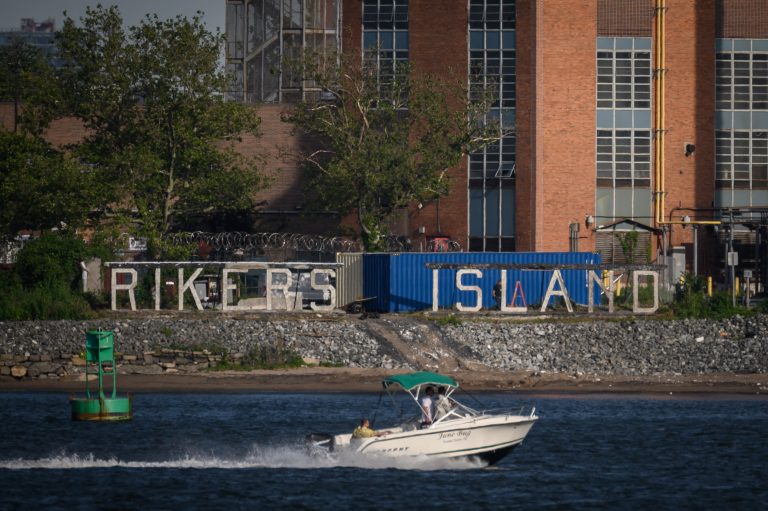On June 14, the New York Board of Corrections (BOC) revealed that the Eric M. Taylor (EMTC) intake center — which transfers inmates to the notorious Rikers Island prison — is overrun with detainees who are packed into small, filthy pens for days on end in violation of city regulations.
During a public meeting on Tuesday, BOC board member Bobby Cohen, who visited the facility last week said, “The admission area, the intake facility, the receiving room was packed with screaming people … Some had been there for days,” the NY Post reported.
“There were 100-plus people crowded into pens without basic, basic services. Filthy pens without capacity to urinate in a urinal,” he said.
Cohen said detainees were not provided access to basic necessities like medication, clothing or bathrooms and that the sheer volume of detainees was overwhelming.
“In the pens, people can’t get to court .. This is the post arraignment period, and they are likely to go back to court in the next day or two, and there is so much chaos there that they can’t get back to court,” he said, according to the NY Post.
Success
You are now signed up for our newsletter
Success
Check your email to complete sign up
“It’s hard to say this ‘cause I’ve been to a lot of jails and many, many visits, but it was really frightening … I’ve never seen something as chaotic as this in the department,” he said.
The conditions witnessed are alarmingly similar to conditions at the now shuttered Otis Bantum Correctional Center’s (OBCC) intake area, where detainees were held in squalid conditions for days on end with little access to the basics like food, water, and bathroom facilities.
Images were revealed to the NY Post, that showed dozens of men crammed into a single holding facility and sitting on floors covered in human excrement as they waited to be assigned a bed, a process that the DOC is required to complete within 24 hours.
After OBCC was shutdown in September last year, those who would traditionally be transferred through OBCC are now transferred via EMTC, however, just “nine months in, conditions have now deteriorated there as well as the facility reels from a lack of staff and a population that’s increased 22% since March,” the NY Post reported.
Use of force by staff on the rise
Freya Rigterink, a BOC board member, told the NY Post that incidents of uniformed staff using force against detainees are on the rise with incidents increasing month after month. The DOC Commissioner, Louis Molina, said that year-to-date such incidents are up by around six percent.
Incidents of slashings and stabbings are also higher at EMTC this year, outpacing the department-wide rate so far for 2022.
Cohen further noted that new DOC admissions are not undergoing body scans to identify contraband or smuggled weapons which he says is compromising overall safety in the facility. So far this year, six people have died in custody.
The facility sees about 45 new daily admissions however only 40 body scans are completed Cohen said.
In the first 12 days of June, when an estimated 540 detainees were processed, only seven body scans were completed, Cohen added.
“You’re trying to prevent drugs coming into the facility and weapons, but you’re doing very little about it. You have a great tool, and it’s not being used,” Cohen told Molina according to the NY Post.
When confronted about the problem Molina acknowledged there was a problem saying, “At this time, EMTC is the facility best suited to process new admissions, the CDC continues to recommend that correctional facilities maintain an isolation and quarantine procedures and remain nimble in case that new variants emerge, and more precautions are needed to be enacted,” he said adding that, “We recognize that we are still not where we want to be when it comes to staffing levels, I’ve said repeatedly.”
Wanda Bertram, a communications strategist with Prison Policy Initiative, told The Post, “EMTC is an unsafe, shuttered facility the city reopened two years ago to supposedly stop the spread of coronavirus. Two years after its reopening, we can see that what’s always been true about jails is true about EMTC: it fails to keep hundreds of people safe.”















